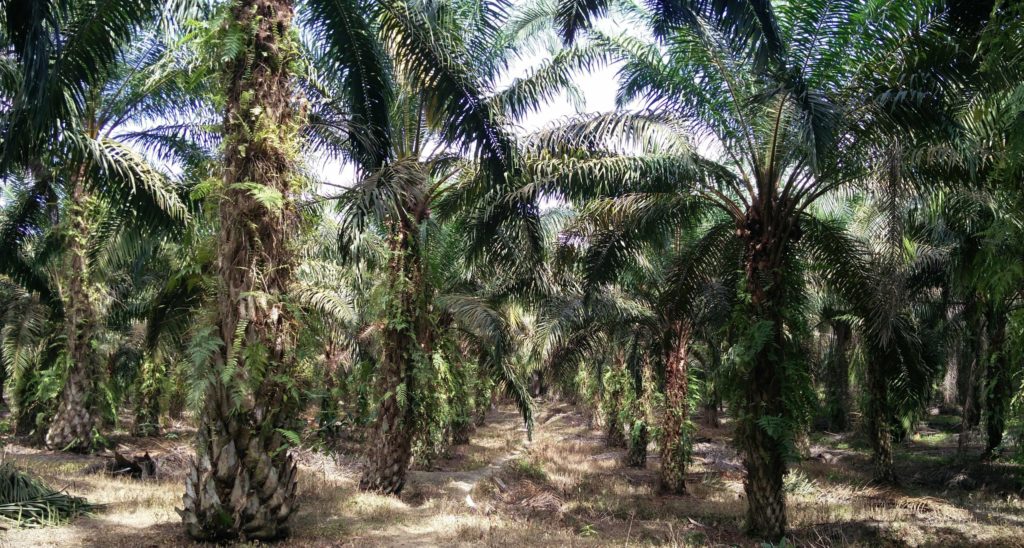5 things I did not know about palm oil in 2018

When I tell my friends that I am currently writing my master thesis about sustainable palm oil development in Indonesia, I often hear things like, “How can it be sustainable? It destroys forests. It kills orangutans. We should better stop consuming it”.
This was exactly what I thought in 2018 before I started learning more about palm oil development. I thought that palm oil development = destruction of natural forest.
While it cannot be denied that palm oil development has led to the destruction of millions of hectares of primary forest (which unfortunately is still happening today), I feel that information in Europe is often very one-sided and does not encompass the true complexity and reality of palm oil development. To shed a bit of light on its complexity, I want to share 5 things that I did not know about palm oil in 2018:
- A major part of palm oil is grown not by multinationals but by smallholders: Around three million smallholders are involved in the sector worldwide. In Indonesia alone, smallholders cover about 40% of palm oil plantation area. Therefore, for many people, palm oil equals livelihood. A boycott of palm oil can drive more and more smallholders into poverty.
- It is the most productive type of vegetable oil: Palm oil produces five times more output per area than other type of vegetable oil, including rapeseed and sunflower oil. While only 7% of agricultural land among oil plants is devoted to palm oil, it produces 39% of the world production of vegetable oil.
- No vegetable oil is naturally capable of supplying the perfect balance of essential fatty acids: In the end, it’s the amount that counts. As the Center for International Forestry Research (CIFOR) states: “Cutting out chocolate spread rich in palm oil and replacing it with vegetables dressed with groundnut oil will not significantly alter your consumption of saturated fatty acids”. In the end, less consumption of oil matters, not switching from one oil to the other.
- Good for some, bad for others: While the adoption of palm oil negatively affected the livelihoods of some people, including indigenous people; when properly planned and managed, it also benefited millions of smallholders and decreased rural poverty in many parts of Indonesia.
- Boycotting palm oil will only lead to reverse effects: Most likely it will re-inflate supply. Thereby decreasing palm oil prices further which can have severe consequences for smallholder farmers. Furthermore, it could encourage palm oil companies to bypass any certification constraints, as the main consuming markets, such as China and India do not require high sustainability standards yet.
Moving beyond simplification and accepting its complexity
To combat further deforestation, the question is not about shifting to other types of oil, but it is about finding a smart way to manage palm oil development. By 2050, the demand for vegetable oil is expected to double which will increase the pressure on forests. Therefore, more and more efforts are required to find sustainable ways to manage palm oil development.
I hope this little article sheds some light on the complexity of palm oil development. It is definitely not a comprehensive overview. People who are interested to learn more should check out the article of CIFOR which explains all the points above (and more) in more detail. CIFOR is a non-profit, scientific institution that conducts groundbreaking research on the most pressing challenges of forest and landscape management.
In the future, I am looking forward to sharing more thoughts about sustainable palm oil development, inclusive business, and social entrepreneurship with you.